Overlooked Risks on Etsy

- 45 million items for sale
- 1.8 million active sellers
- 29.7 million active buyers
- $2.84 billion annual gross merchandise sales in 2016

The success of Etsy in great part depends on the sellers themselves as it is the handmade items, vintage goods and craft supplies that bring shoppers to the site (we'd be remiss not to note the technology Etsy uses for curated personal recommendations helps keep shoppers stay there). Since opening an Etsy shop is straight forward, the marketplace attracts sellers of all kinds - some of which may not have the business acumen to consider certain risks.
Although Etsy provides its own oversight of sellers and protects them with measures, Website Magazine has learned there are other risks many sellers are not addressing. Our editors caught up with Ted Devine, CEO of Insureon, to learn more and pass along the information.
What are some steps merchants overlook when distributing products on third-party marketplaces like Etsy?
Ted Devine, CEO of Insureon: The biggest step that third-party marketplace merchants often overlook is vetting their product as 'safe to use' before launching their stores. If the merchant doesn't comply with a number of product safety regulations, the seller can be held liable for any damages caused by the unsafe product. This means merchants could face costly lawsuits if their products cause customers or their properties any harm. Additionally, merchants often overlook the fact that their online store is considered a business, and is therefore subject to the same rules and regulations that govern traditional retail companies.
How can retailers reduce some risks associated with distributing products online?
Devine: The best way retailers can reduce the risks associated with selling products online is to purchase a holistic insurance policy that protects their store and its products. If retailers are selling items online without proper coverage, the list of potential risks can become overwhelming. These risks include any kind of property damage, injury or sickness caused by a product sold, as well as any damage caused by product defects, which includes flaws in design, advertising and manufacturing.
Plus, if the retailer or its owner are sued because a defective product injured the buyer, the owner could be on the hook for any damages caused - putting him or her at risk of losing a lot of money, or worse, the entire business. The right insurance plan will greatly reduce the risk involved with distributing products online and will protect the well-being of the retailer's business and personal finances.
What type of insurance plan should they be looking for that takes into account their unique scenario?
Devine: For an Etsy owner's unique needs, the best insurance plan is product liability insurance, which is typically included in a general liability policy. Product liability policies help cover legal costs when a customer sues the merchant or company for selling a defective product or when the product causes them injury or sickness. A typical product liability insurance policy can cover situations such as product injury lawsuits, illnesses caused by toxins in products and property damage caused by defective products.








